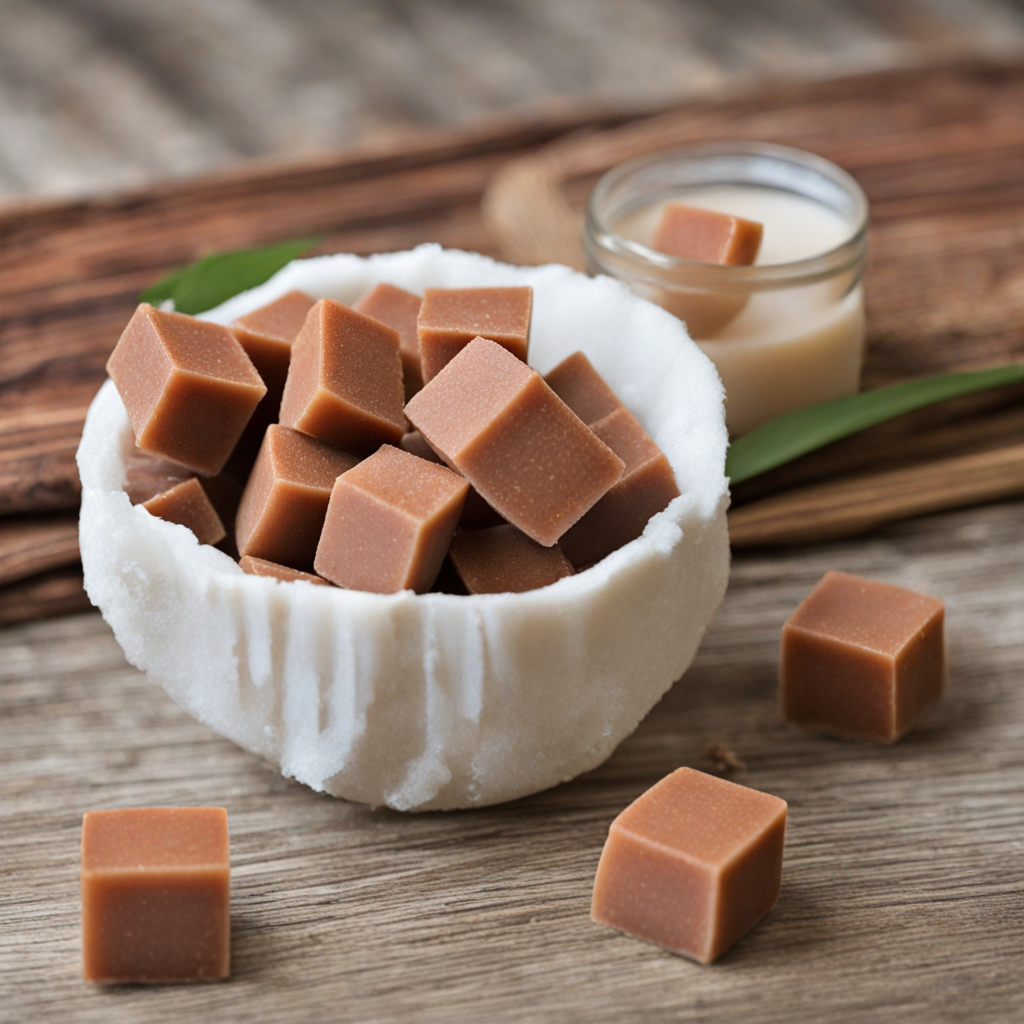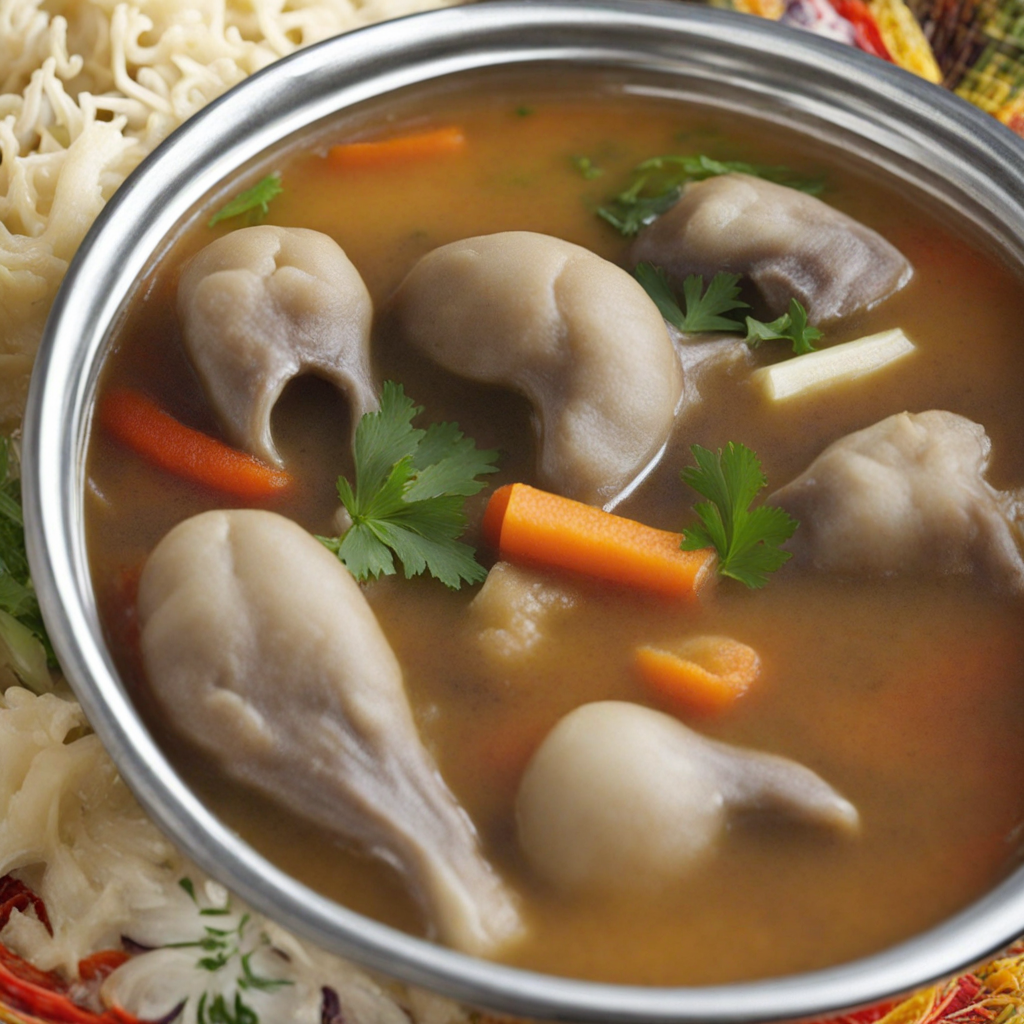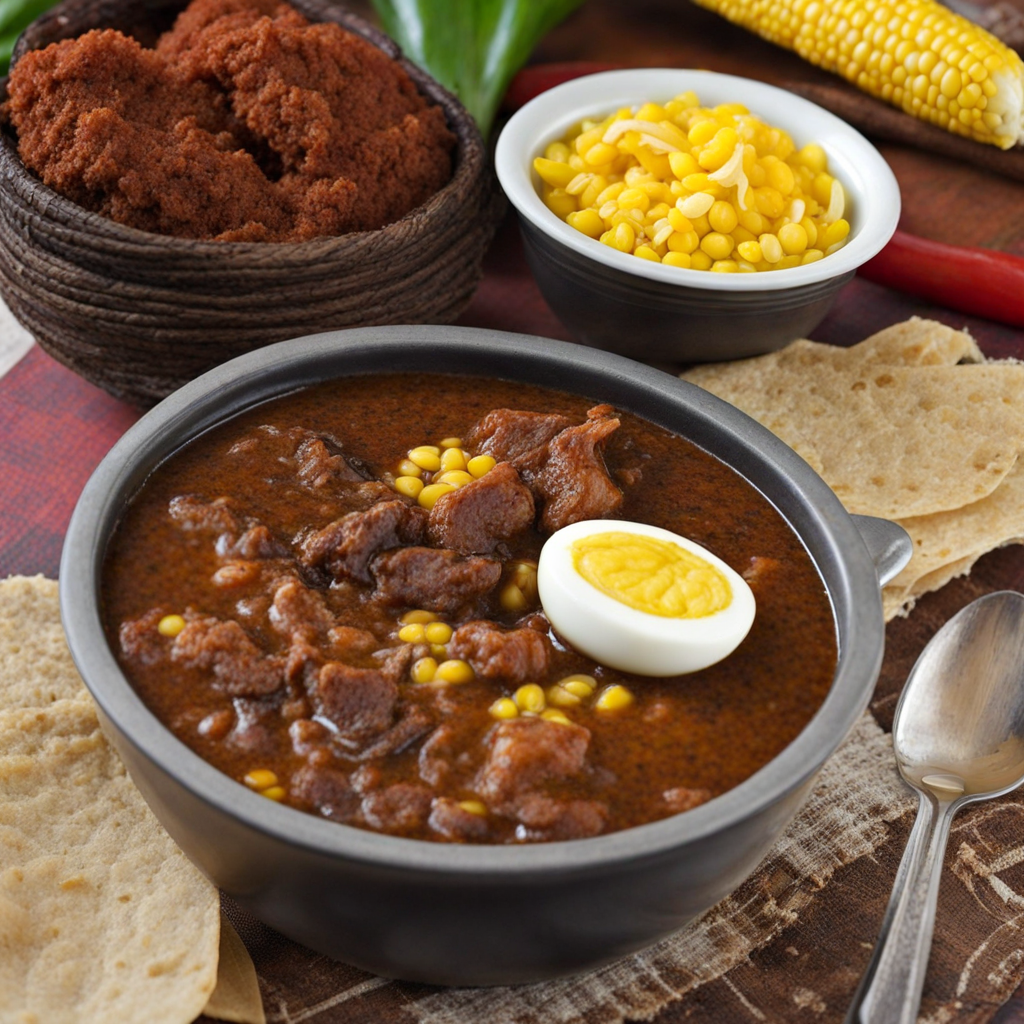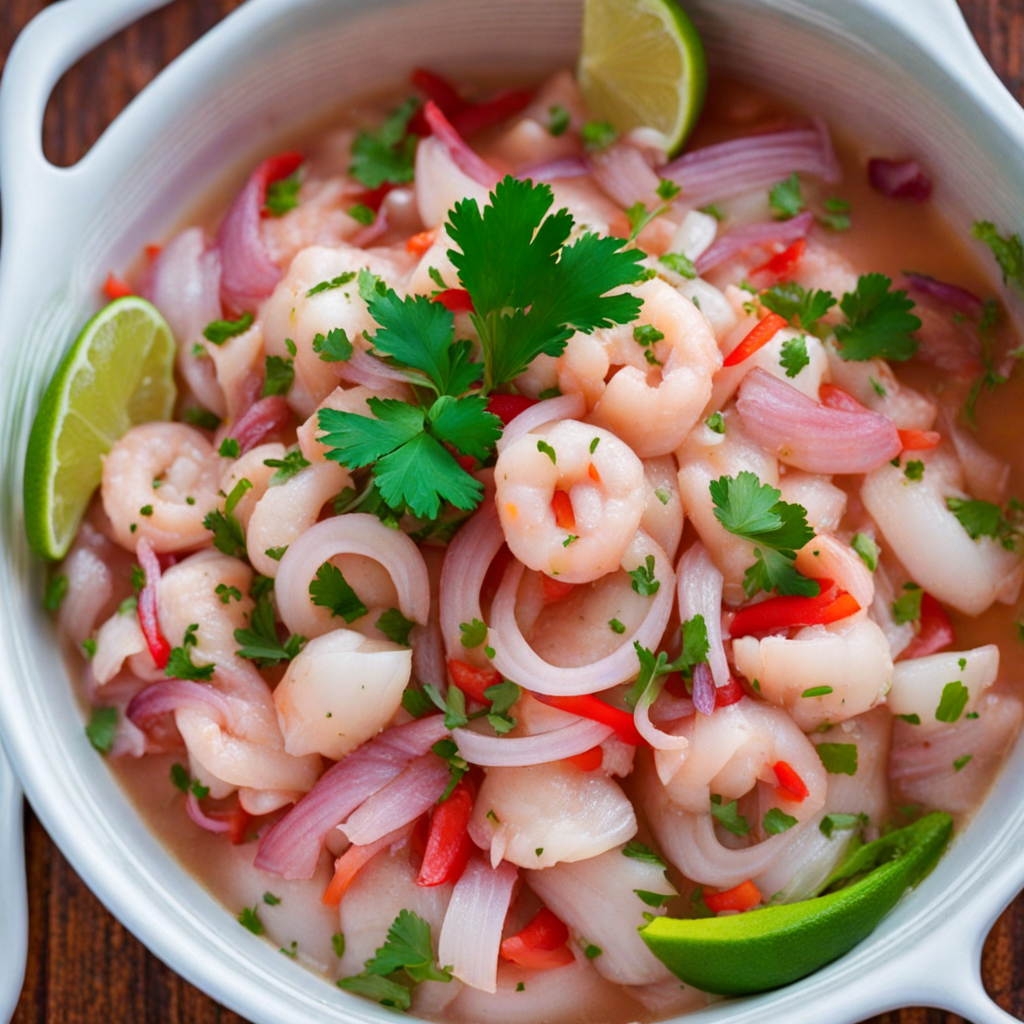Tableta
Tableta is a delightful traditional treat from Belize, characterized by its unique blend of flavors and textures. This delicious confection primarily features a base of ground cocoa beans, which are often mixed with sugar and spices, creating a rich and aromatic experience. The use of local ingredients like pecans or peanuts adds a delightful crunch, making every bite an exciting combination of smooth and nutty flavors. The process of making Tableta often involves artisanal techniques, allowing the natural essence of the cocoa to shine through while retaining a rustic charm that reflects Belizean culture.
How It Became This Dish
The Sweet Story of Tableta: A Culinary Jewel of Belize Tableta is a traditional sweet treat from Belize, often enjoyed for its unique flavor and cultural significance. This delightful confection, primarily made with cacao, sugar, and various spices, has deep roots in the history and culture of Belize, reflecting the rich tapestry of influences that have shaped the nation. #### Origins: The Ancient Roots of Cacao To understand the origins of Tableta, one must first delve into the history of cacao, the primary ingredient in this treat. Cacao cultivation dates back thousands of years, with the ancient Maya civilization being one of its earliest adopters. The Maya considered cacao sacred, using it in religious rituals, as currency, and as a base for beverages consumed by the elite. The term ‘tableta’ itself, which translates to ‘tablet’ in Spanish, likely refers to the form in which this sweet treat is made. The cacao tree, Theobroma cacao, thrives in the tropical climate of Central America, and Belize's fertile lands provided an ideal environment for its growth. As the Maya civilization flourished, so too did their chocolate-making techniques, which involved grinding roasted cacao beans and mixing them with water, spices, and sometimes honey. This beverage was often consumed during ceremonies and special occasions, highlighting the integral role of cacao in their culture. #### Cultural Significance: A Blend of Influences As Belize evolved through centuries of colonization and cultural exchange, the traditions surrounding cacao and its products transformed. In the 16th century, with the arrival of the Spanish, cacao was introduced to Europe, where it became a luxury item. In Belize, this led to the fusion of Indigenous, African, and European culinary practices, ultimately giving rise to the creation of Tableta. Tableta is not only a product of cacao but also a reflection of the diverse cultural heritage of Belize. The country is home to various ethnic groups, including the Maya, Mestizo, Creole, Garifuna, and others, each contributing to the culinary landscape. The incorporation of spices like cinnamon and vanilla, often used in Tableta, reflects these diverse influences. For instance, the use of cinnamon can be traced back to the Spanish, while vanilla has its origins in the indigenous peoples of Mesoamerica. The significance of Tableta extends beyond mere sustenance; it serves as a symbol of cultural identity and community. In Belize, food is a central aspect of social gatherings, celebrations, and familial bonds. Tableta is often made during festivals, holidays, and special occasions, allowing families to connect through shared traditions. It is a product of love and care, often prepared in homes by mothers and grandmothers, who pass down the recipe through generations. #### The Development of Tableta Over Time The evolution of Tableta is closely tied to the changing social and economic landscape of Belize. During the colonial period, cacao production became a significant industry, leading to the establishment of plantations. The rise of the cacao trade in Belize contributed to the local economy and solidified the importance of chocolate in the region. In the late 19th and early 20th centuries, the advent of modern agricultural practices and the growing global demand for cacao prompted an increase in production. Belizean cacao became highly sought after for its quality, and Tableta emerged as a popular local product. Street vendors began selling this sweet treat, making it accessible to a wider audience and cementing its place in Belizean culture. In recent years, there has been a resurgence of interest in artisan and locally produced foods, leading to a renewed appreciation for traditional recipes like Tableta. Artisanal chocolatiers in Belize have begun experimenting with flavors and techniques, creating gourmet versions of Tableta that incorporate local ingredients such as coconut, nuts, and even exotic fruits. This modernization has not only revitalized the product but has also increased its visibility on the international stage. Furthermore, the global movement towards sustainable and ethical food production has led to a focus on organic cacao farming in Belize. Many farmers are now practicing sustainable agriculture, ensuring that the cacao used in Tableta is sourced responsibly. This shift not only supports the environment but also helps to preserve traditional farming practices that have been passed down through generations. #### Tableta Today: A Culinary Treasure Today, Tableta remains a beloved treat in Belize, enjoyed by locals and visitors alike. It is often served during celebrations, family gatherings, and community events, embodying the spirit of togetherness that characterizes Belizean culture. The treat can be found in various forms, from small, handheld pieces to larger, ornate presentations for special occasions. The process of making Tableta is an art in itself, requiring skill and patience. The cacao beans are roasted, shelled, and ground, often using traditional methods such as stone grinding. The mixture is then sweetened with sugar and flavored with spices before being shaped into tablets. This craftsmanship not only reflects the dedication of the maker but also serves as a link to the past, connecting modern-day Belizeans with their ancestors. Tableta’s popularity has also transcended borders, as Belizean expatriates and food enthusiasts share this delightful confection with the world. It has garnered attention at international food festivals, showcasing the unique flavors and cultural significance of Belizean cuisine. The treat has become a symbol of national pride, representing the rich heritage and culinary diversity of Belize. #### Conclusion: A Sweet Legacy The history of Tableta is a testament to the enduring legacy of cacao and the cultural richness of Belize. From its ancient origins in the hands of the Maya to its contemporary iterations enjoyed across the globe, Tableta embodies the spirit of resilience, community, and tradition. As Belize continues to navigate the complexities of modernity, Tableta remains a sweet reminder of the past, a bridge connecting generations through the simple act of sharing food. In a world that increasingly values authenticity and cultural heritage, Tableta stands as a delicious symbol of Belize's vibrant identity, inviting all to partake in its rich history and flavors.
You may like
Discover local flavors from Belize







